(Photo: fehmern.com)
From Ferry to Tunnel: Rødby, the Bird Migration Route, and the Future of Travel
On the southern tip of Lolland in Denmark lies the small harbor town of Rødby — a place many might only associate with ferries and quick departures to the continent. Personally, I've always seen Rødby as a transit point, a place I rushed through without giving it much thought.
Rødby – from Transit to Discovery
Historically, Rødby, dating back to the Middle Ages, has been a busy port. The town grew during the 19th century through peat extraction and agriculture, but it was with the Rødby–Puttgarden ferry connection in 1963 that it truly became a modern gateway between Scandinavia and Europe.
For me, Rødby was always just a transit harbor. Whether heading out onto the continent with goods in a semi-trailer or off on a house-swap holiday in Switzerland, the UK, or France — it was always about the rush to catch the ferry or keep moving north. I never stopped. Until now.

This time, Rødby was actually the destination. A special EarthCache lured me here — a geocache that challenges you to learn about geology and history. It led me to two enormous ancient gneiss stones, retrieved from the seabed during the construction of the new tunnel. A powerful reminder of nature's own timeline. And a memory for the future. It’s fantastic that they weren't destroyed but placed here for education.
The Pilen Viewpoint
It’s rarely efficient to hunt just one cache — the EarthCache also led me out to the Pilen Viewpoint. With slightly shaky legs, a knot in my stomach, and a platform that shifted beneath me — but thankfully with sturdy railings to hold onto — I stood there in the wind and light from the Fehmarn Belt and truly took in the scale of what is happening: an engineering feat rarely seen, in close harmony with the forces of nature.
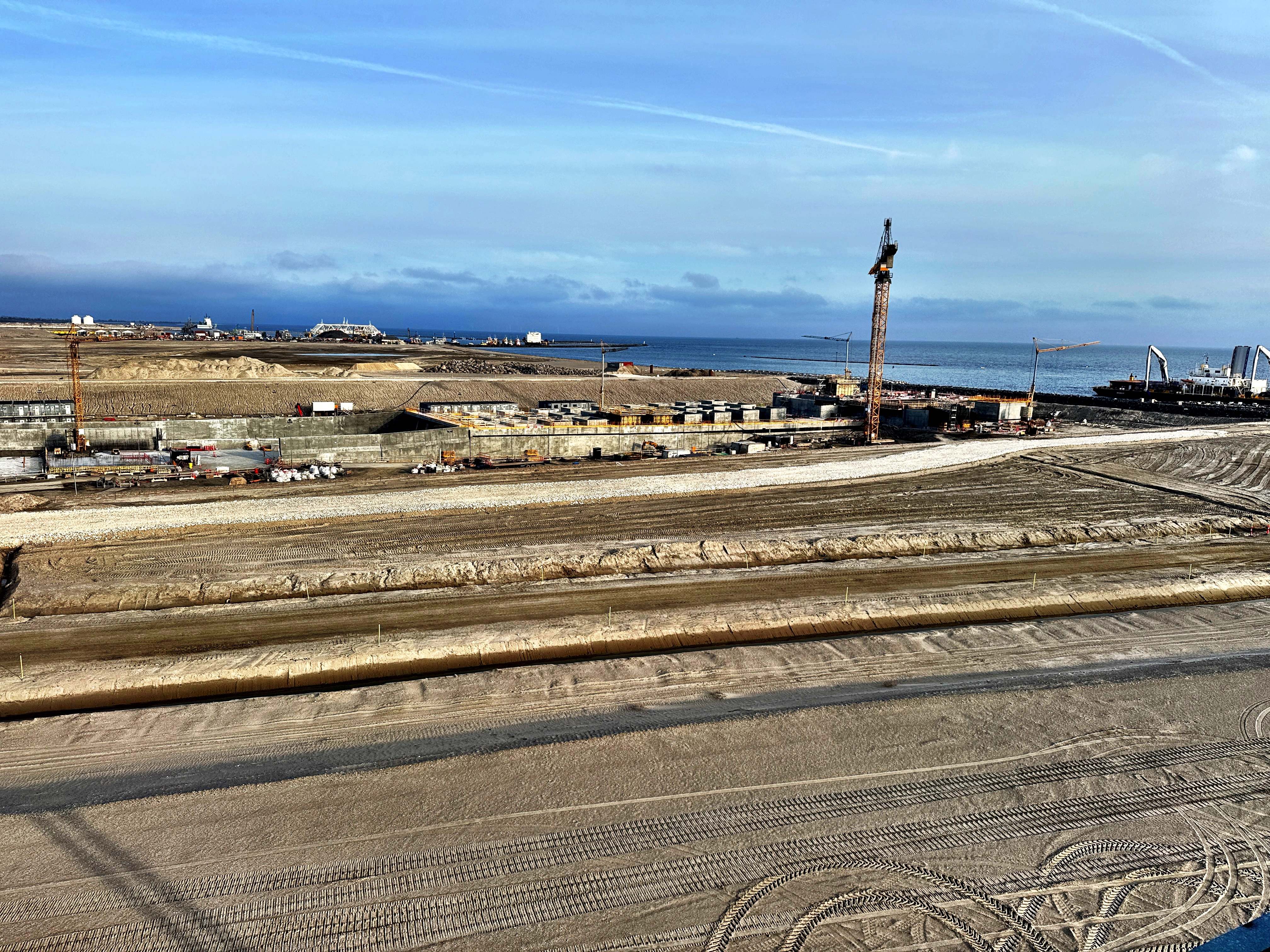
Geocaching turned what should have been a quick stop into a couple of hours filled with discoveries and solid learning about the new transport corridor. I learned a lot on this little trip. Here's a summary of my impressions.
The Bird Migration Route – A Natural Corridor
Vogelfluglinie — "the bird flight line" — is named after the millions of birds that migrate each year between Scandinavia and Central Europe, flying directly over the Fehmarn Belt. For these birds, the area is a vital resting point. Many of the migratory birds I see outside my house in Harstad stop here along their journey. Preserving this area is crucial for all of Scandinavia.
When massive projects like the Fehmarnbelt Tunnel are built, it's even more important to protect this natural corridor. Read more about the sustainability efforts here.
Building the Fehmarnbelt Tunnel
The Fehmarnbelt Tunnel will become the world's longest immersed tunnel for cars and trains, stretching 18.2 kilometers.
Motorists will spend around 10 minutes crossing.
Train passengers will make the journey in about 7 minutes.
At Rødbyhavn, an entire industry of concrete segments is rising — colossal modules soon to be lowered into the seabed. The two ancient stones I found through the EarthCache serve as a direct reminder of the obstacles humans had to move to make this happen.
Preserving Nature and Migration Routes
The tunnel project isn't happening without care. Major efforts are being made to protect the ecosystem:
Environmentally sensitive dredging to safeguard the seabed.
Noise-reducing technology to protect porpoises and marine life.
Artificial reefs and wetland restoration to replace lost habitats.
All this is done in close collaboration with nature conservation organizations.
Rødby and Europe's New Connection
When the tunnel opens in 2029, travel time between Copenhagen and Hamburg will shrink from 4.5 hours to just 2.5 hours by train. The tunnel will become a vital part of the ScanMed Corridor — the major transport artery between Scandinavia and the Mediterranean.
For Rødby, this means:
New jobs in logistics, transport, and tourism.
A fresh boost to the economy of Lolland.
Greater access to Europe's major cities.
And for the birds? Their ancient route across the Fehmarn Belt will remain — free, undisturbed, and safe. Just as nature intended.
.png)
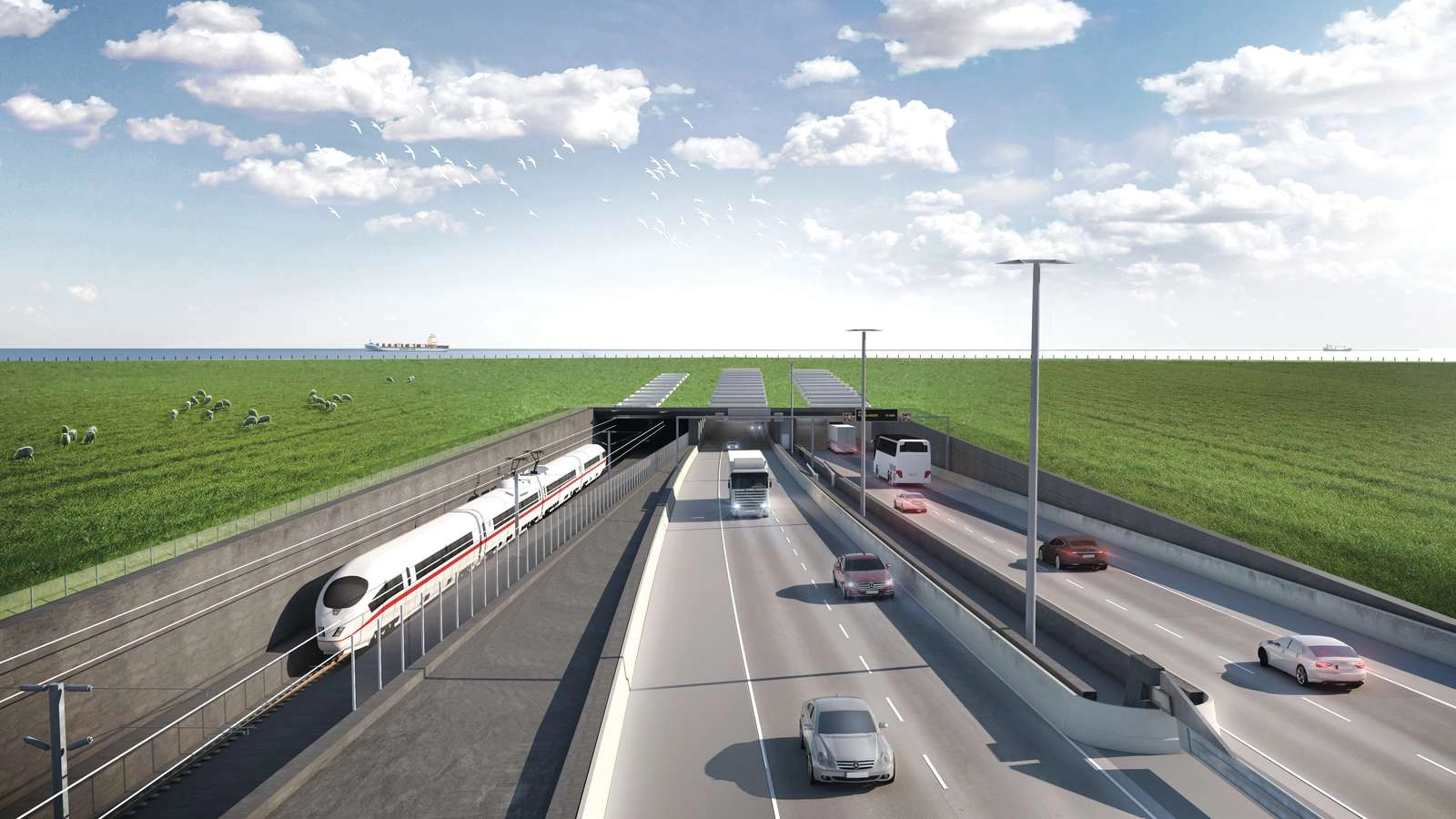

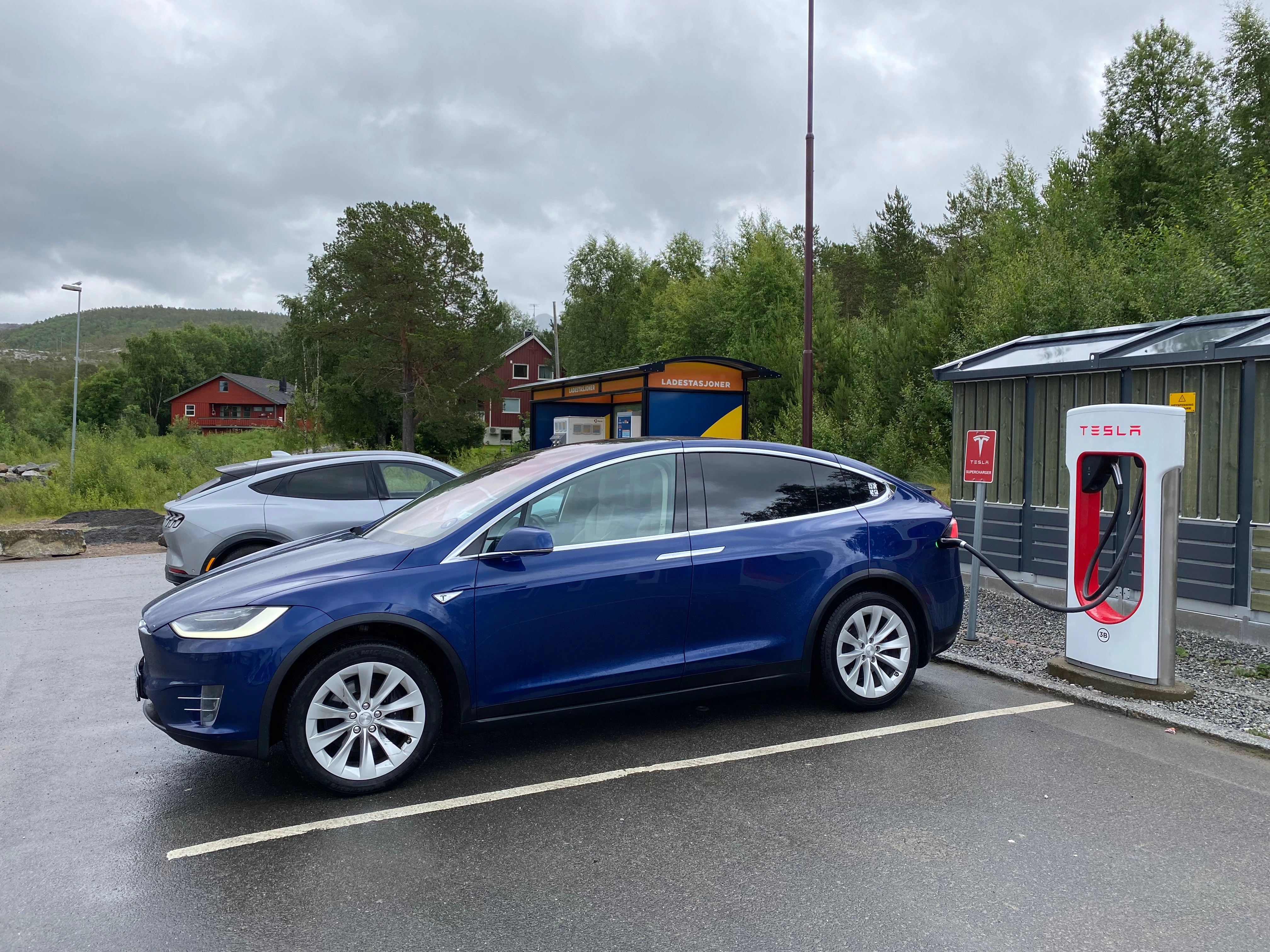
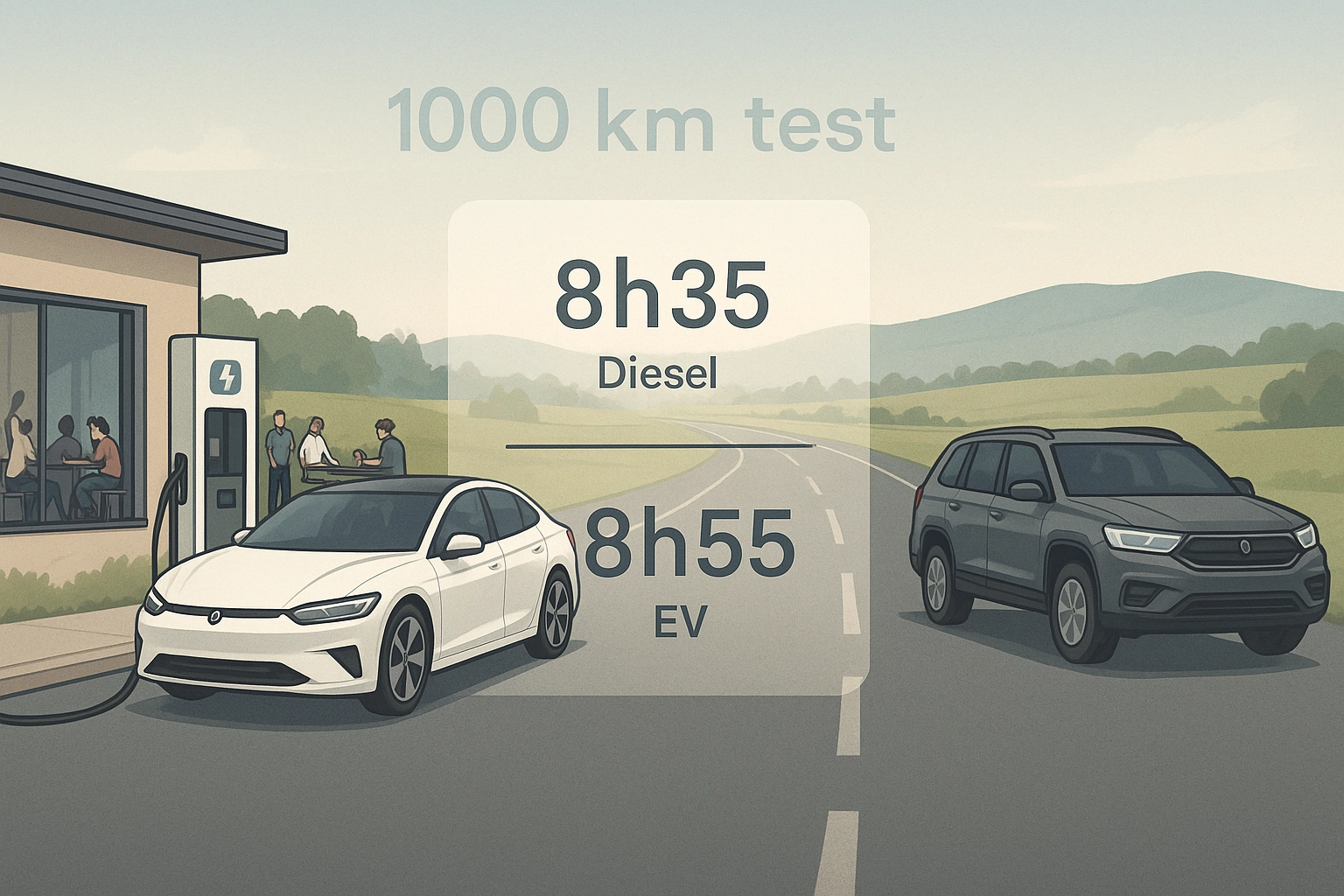
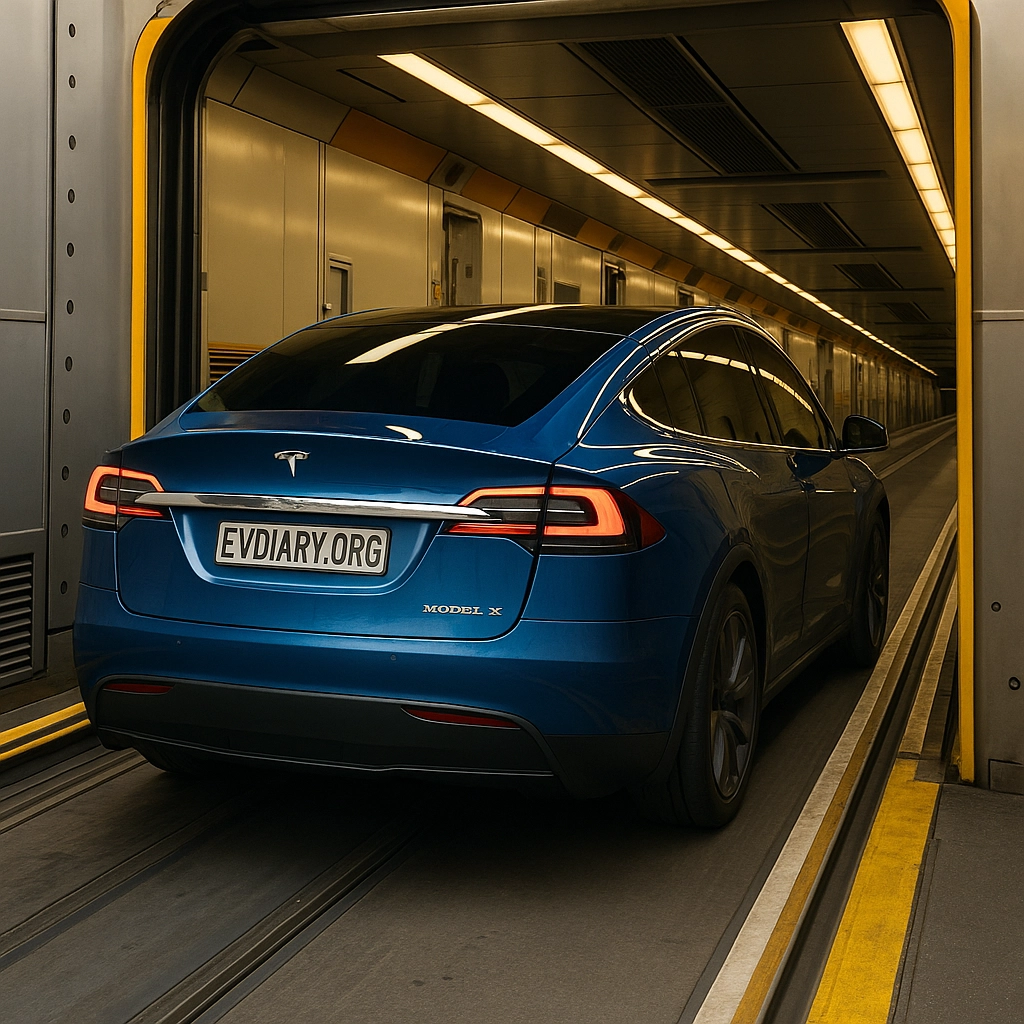
Comments